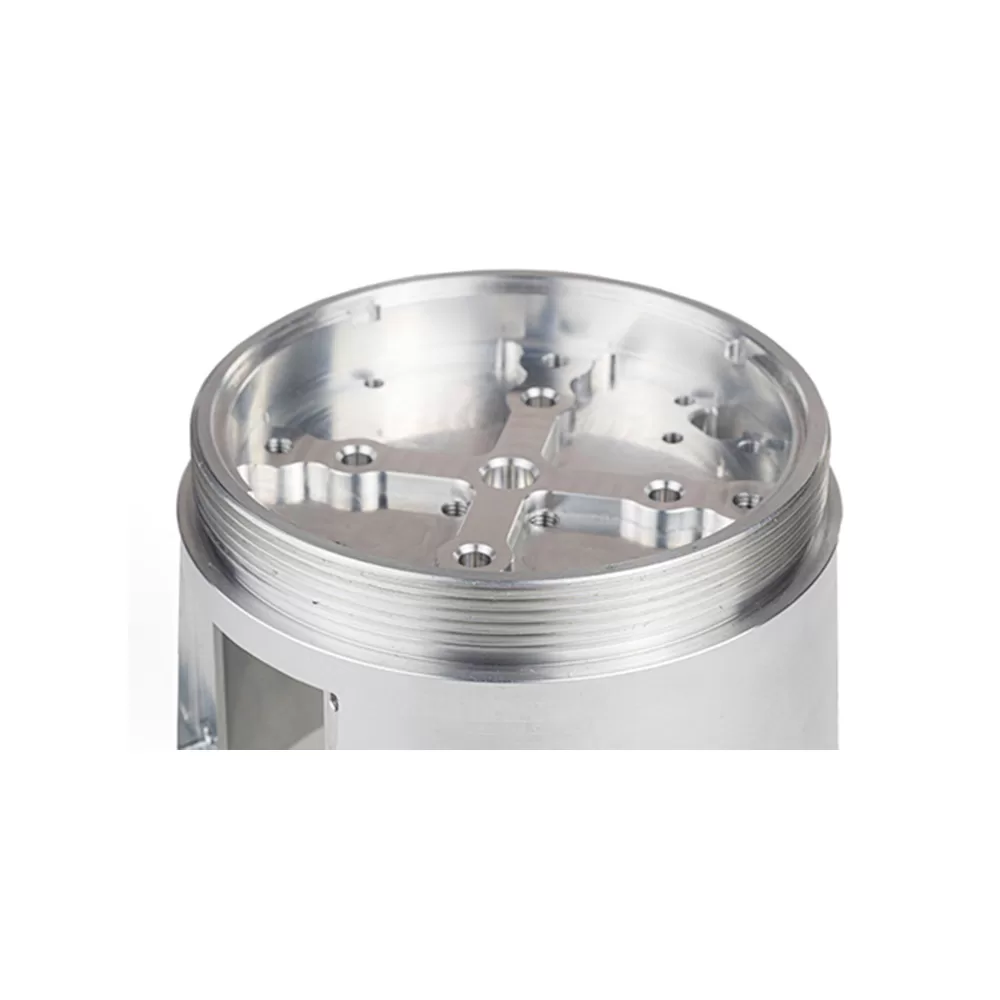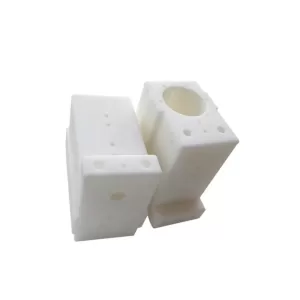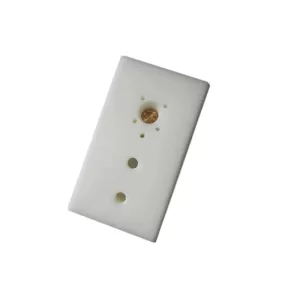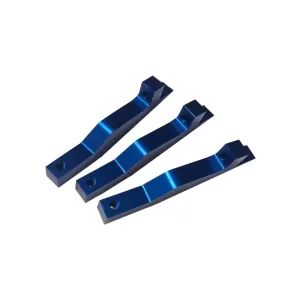Aluminum CNC Turning and Milling Machining Part Customization is a high-precision machining method used to create a wide variety of complex aluminum parts. CNC machines are usually programmed using CAD/CAM software for machining. Aluminum has the advantages of light weight, high strength, and strong corrosion resistance, and is widely used in automobiles, aviation, electronics and other fields. During the processing of aluminum, problems such as burrs and residues are prone to occur due to its softness, so post-processing such as grinding and deburring is required.
In order to achieve high-quality aluminum CNC machining, the following aspects need to be considered:
1. Choose the right cutting tool: tools of different shapes and materials are suitable for processing different aluminum materials. At the same time, make sure that the cutting tool has been run-in before use.
2. Set appropriate cutting parameters: including speed, feed, depth of cut, etc. These parameters must be adjusted according to the material, size, shape, and other characteristics of the part.
3. Proper coolant selection and cleaning: During CNC machining, the use of coolant can reduce the temperature of the aluminum material, shorten the processing time, and reduce the amount of waste at the same time. After machining, the parts must be cleaned to remove residual liquid and aluminum shavings.
4. Select the appropriate technical process: Generally speaking, the commonly used technical processes for aluminum CNC processing include thread processing, coil processing, and curved surface processing.
In short, aluminum CNC turning and milling machining is a very advanced and high-precision machining method, which needs to rely on professional computer programming, powerful machine tool precision, strict quality control and other factors to ensure the accuracy and quality of the final parts.






